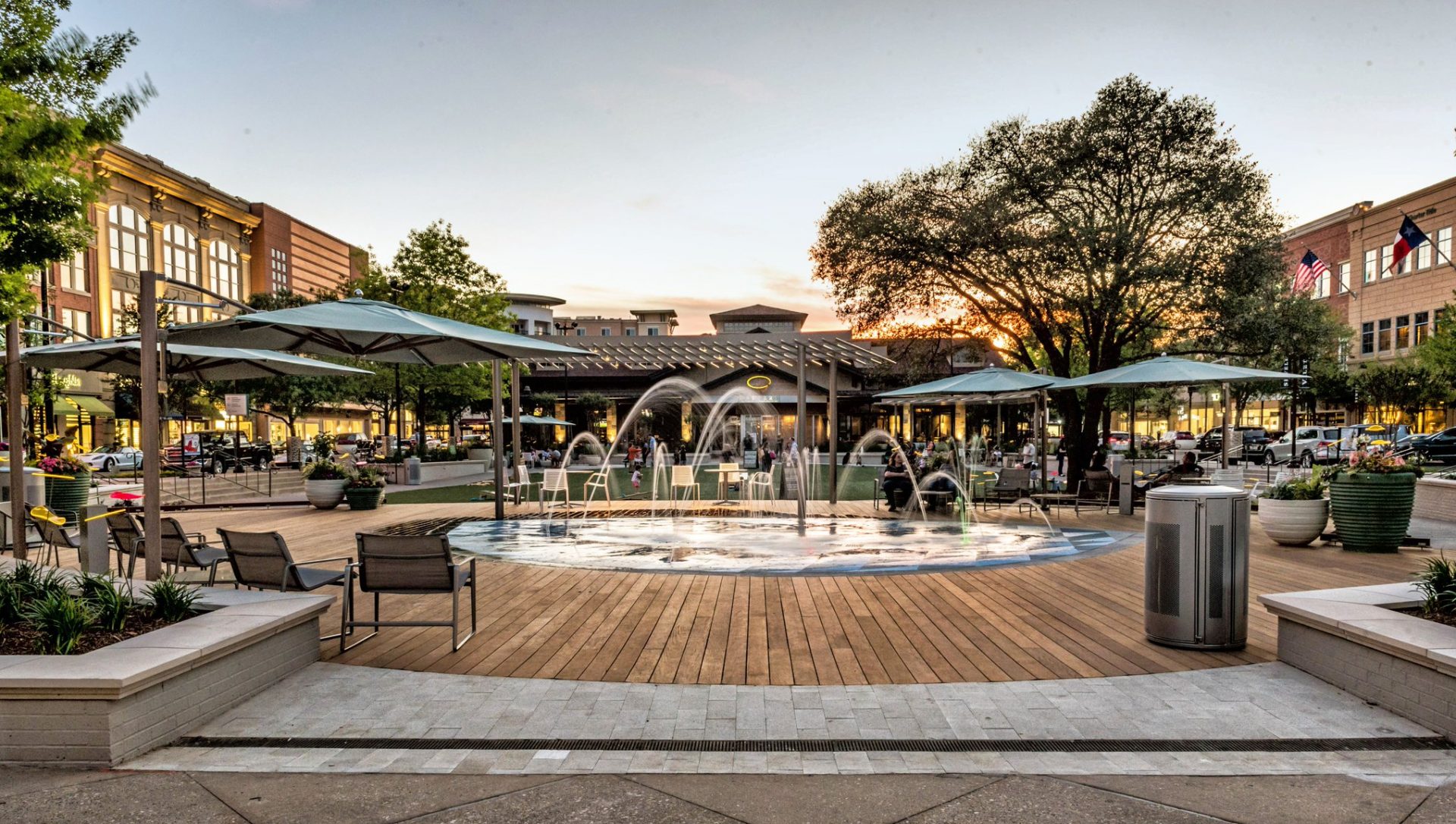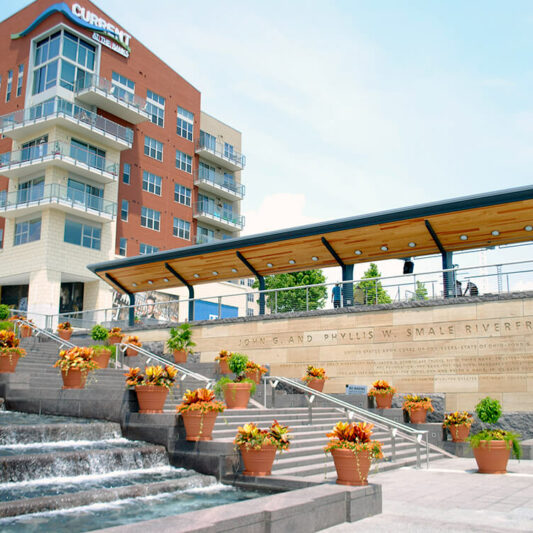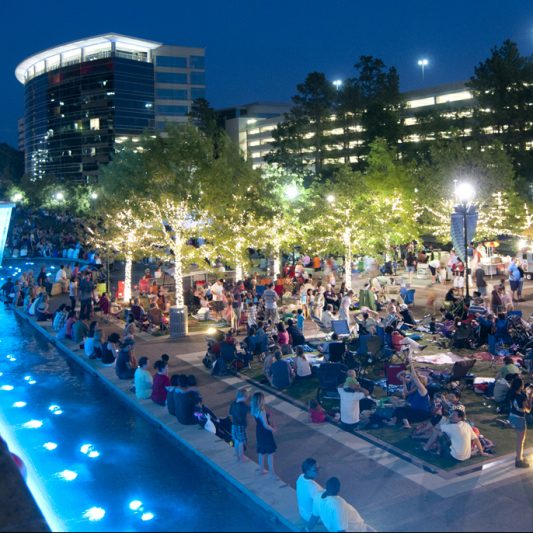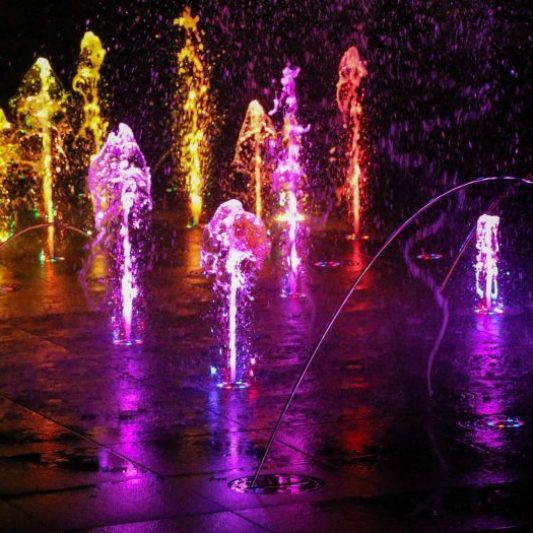June 17, 2019
How Water Features Create a Sense of Place
At Martin Aquatic Design & Engineering (Martin Aquatic), we’ve designed water features all over the world for public plazas, parks, and busy city streets. With the opening of our two newest fountains—one in San Jose, California, and one outside of Houston, Texas—Martin Aquatic's president and creative director shares some insights into placemaking water features.

The concept of “placemaking” originated in the 1960s and became more common over the decades as designers and urban planners were seeking ways to transform the areas in neighborhoods and city centers into pedestrian-friendly spaces that would attract people and create social activity. Today’s landscape architects approach every public space with an eye toward “placemaking,” by focusing on key principles that foster sociability, comfort, and accessibility.
While we as aquatic designers would like to believe that an engaging interactive water feature will effectively draw people into a public space, just by itself it can’t be considered “placemaking.” According to the nonprofit organization and premier think tank of the placemaking movement, the Project for Public Spaces (pps.org), several key factors must be present to encourage successful placemaking. One of those is “Triangulation,” or the strategic placement of amenities. So, if an interactive fountain is surrounded by a large green space or playground, next to a coffee shop with ample outdoor seating, you have a much more cohesive group of amenities that will service and sustain public visitors for a long time.
Our newest water feature in the Woodlands, Texas, was a renovation to a busy public square. Called Market Street central park, the surrounding area was filled with high-end shopping retailers and other food vendors. With the renovation to the central square, the interactive water feature has become one of a handful of well-planned and thoughtful additions like pergolas for entertaining, green space for activities and events, ample seating, and even cell phone charging stations for convenience. The interactive water feature offers a soft, slip-resistant floor as well as nine vertical sprays and nine arching nozzles that are LED-illuminated for a playful aquatic environment day or night.
In San Jose, California, a new mixed-use office and retail building called 700 Santana Row is in the final stages of construction and build-out, but the developers have first opened up the surrounding plaza to create an inviting, public space. Anchored by the Martin Aquatic-designed circular water feature, the area features natural shade from lofty trees and plenty of umbrellas and tables. The new plaza sits across from a long pedestrian-friendly shopping district and is adjacent to a movie theater and additional food and coffee vendors. A huge attraction for this Silicon Valley building and plaza is the parking garage with 50 electric-vehicle spaces and chargers. 700 Santana Row is quickly becoming one more place for office workers, residents, and shopping visitors to socialize, relax, and enjoy a purposefully-crafted outdoor space.
When we approach the design for a public aquatic feature, particularly interactive water features that are meant to foster engaging water play, we consider all of the elements that first give the project site the potential to become a great place. There are factors such as pedestrian activity, day/night social life, building conditions, retail traffic, and parking access. What we bring in a water feature can sometimes be the intangible impressions: making the place fun, welcoming, attractive, special, active, relaxing, and, most of all, engaging.
For more details about Martin Aquatic’s two latest projects—The Woodlands Market Street and 700 Santana Row Plaza—check out our project pages.




